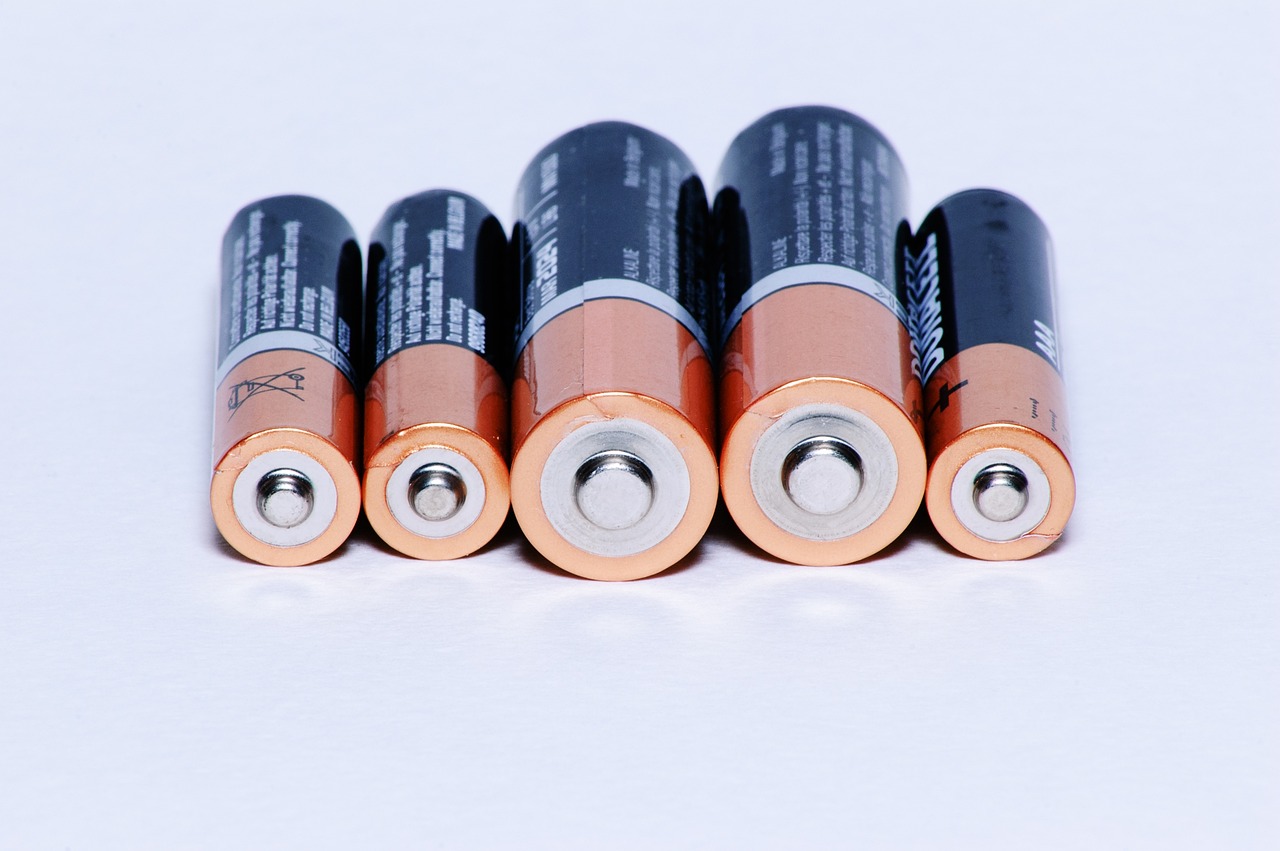Blueprint MCAT Blog: MCAT Physics
Categories

Mar 31, 2024
Essential MCAT Equations To Memorize
Discover essential MCAT equations to memorize for effective MCAT preparation. READ MORE
Jan 02, 2024
Everything You Need To Know About Nuclear Chemistry for the MCAT
What does nuclear chemistry have to do with the MCAT? Discover the main concepts you need to understand to get through the chem and physics sections. READ MORE
Aug 26, 2023
3 Concepts To Know About Electrochemical Cells for the MCAT
Electrochemistry: where electrons groove and ions party inside batteries. Learn about three important electrochemistry concepts for the MCAT. READ MORE
Jul 25, 2023
4 Things to Know about Fluid Dynamics for the MCAT
Is physics making you feel as if you're underwater? Just keep swimming and check out this article for the four things you need to know about fluid dynamics. READ MORE
May 22, 2019
Identifying Methodological Flaws in Studies
One of the things that really surprises students about the MCAT is the heavy focus on how experiments are set up and ran. This can really catch a student off-guard, as most undergrad courses don’t really emphasize this. But from the point of view of the AAMC, it’s obvious that they want to test this. In order to be a good doctor, you need to be able to understand the quickly changing research that is coming from our more... READ MORE
Mar 17, 2015
MCAT Physics – Light Behavior
A ray of light traveling through air hits a pane of glass with known refractive index. What information is required in order to calculate the angle of refraction? a) Planck’s constant and the speed of light b) the specific gravity of the glass c) the angle of incidence d) the density of air and the READ MORE
Mar 16, 2015
MCAT Physics – Doppler Effect
Radar guns used to detect the speed of motorists relies on the principles of sound and Doppler effect. All of the following measurements may be utilized to calculate the relative velocity of a motor vehicle EXCEPT: A. Speed of sound in air B. Period of the wave emitted C. Density of the air D. Frequency READ MORE
Mar 12, 2015
MCAT Physics – Sound Wave Behavior
A source emits a sound from one medium with a certain velocity, intensity, frequency and wavelength. When the sound exits the first medium and enters a denser medium, all of the following changes EXCEPT: A. velocity B. intensity C. frequency D. wavelength READ MORESearch the Blog

Free Consultation
Interested in our Online MCAT Course, One-on-One MCAT Tutoring or Med admissions packages? Set up a free consultation with one of our experienced Senior Student Advisors.
Schedule NowPopular Posts
-
MCAT Blog What's on the MCAT?
-
MCAT Blog How to Review MCAT Full Lengths

Free MCAT Practice Account
Need great MCAT practice?Get the most representative MCAT practice possible when you sign up for our free MCAT Account, which includes a half-length diagnostic exam and one of our full-length MCAT practice exams.
Learn More




